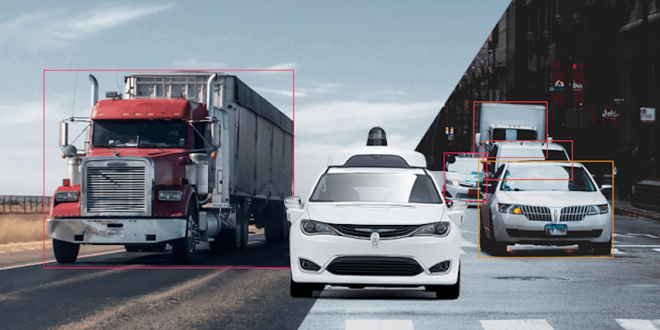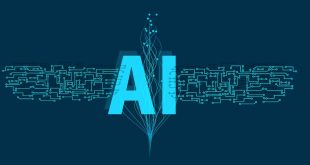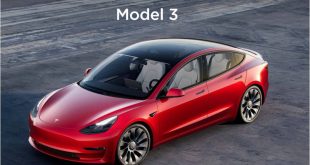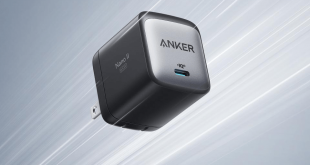Autonomous Driving is a buzzword in 2021 and the future looks bright. Based on the intelligent mechanism, autonomous vehicles are making a big move and bringing a positive transition by improving transportation and helping to predict human behaviors.
Waymo, an American-based Autonomous Driving Technology Company is offering a safe and easy driving experience. No one is at the driving seat, yes you heard it right. To transform lives, Waymo has come up with state-of-the-art and technology-rich ride-hailing services. The aim behind this was to deliver an unmatched, secure, and robust experience to the users in the world of autonomy.
Waymo at CVPR 2021
CVPR Conference in 2021 was organized virtually due to the COVID-19 outbreak. It was held in June to offer a platform to researchers, developers, and engineers to learn in detail about building the future of perception for autonomous vehicles.
Aiming to take autonomous vehicles to the next level, Waymo presided over and presented its research work. Chen Wu, Charles Qi, Drago Anguelov, Zoey Yang, Pei Sun all are experts who put light on the areas of their expertise. Each of these experts focused on all the aspects of autonomous driving.
Details included:
- Chen Wu discussed measuring perception and autonomous driving systems with the use of Data, Learning, and Simulation Techniques at the ADP3 workshop.
- Charles Qi throws light on Offboard Perception at Autonomous Driving at ADP3 workshop.
- At The 3rd IEEE/CVF CVPR Precognition Workshop, Drago Anguelov discussed the Long Term Prediction in Complex Interactive Environments.
- At The Workshop on Autonomous Driving, Zoey Yang discussed The Waymo Open Dataset 2021 Challenges.
- Knowledge was imparted on Range Sparse Net for Efficient, Accurate Lidar 3D Object Detection by Pei Sun.
With the advances in autonomous driving technology, it has become safer, convenient, and quick to make a move on the roads effortlessly. The phenomenon is growing and with that the efficient utilization of data is the need of the time. For which access to high-quality data is needed by the researchers to effectively build perception systems and novel architectures.
In regards to the same, Waymo presented seven papers with insights on building highly robust and flexible computer vision systems in autonomous driving. A list of models has been discussed, each with a different set of purposes. Where some models are meant to recognize objects considering multiple points at long distances, on the other hand, some models are designed to identify objects and carry out multiple core computer vision jobs. Along with these models, there is one model specifically designed to emphasize the significance of data in accomplishing numerous autonomous driving tasks.
Next is the Offboard 3D object detection which is all about the crucial developments made for the efficient use of data. For building fully functional and responsive autonomous vehicles, decision-making is crucial and for this fast and accurate models are highly needed. Well, this seems to be quite challenging and time-consuming to collate needed training data to label first-class precision models.
In order to get over this problem, Offboard 3D object detection paper was introduced from Point Cloud Sequences. The paper involves proposing a novel offboard 3D object detection pipeline using point cloud sequence data. The 3D auto-labeling pipeline presents gains. Multi-frame object detection is made possible with a novel labeling system. Offboard compute further helps in prevailing over real-time latency and offboard labeling compute constraints.
The Waymo Open Dataset Challenges
In the expansion of the Waymo Open Dataset, this offboard 3D detection model made its contribution. Being the largest interactive dataset, it’s been published to forecast the behavior of road users.
With an end to Waymo Open Dataset Challenges 2021, the team’s work is presented at the Workshop on Autonomous Driving at Computer Vision and Pattern Recognition. The concept is widely accepted by millions and many around the world actively participated and the areas of interest were the core AV perception challenges.
There were a lot many matchless submissions, but Yunnan and David Wu, (father & son) made their way and left a lasting impression. They qualified and took part in the challenge. With their model Air^2, they stood first in the Interaction Prediction Challenge leaderboard. A Motion Prediction Model was developed by David and his father.
Well, the contest has provided a great opportunity and experience to the contestants. An end of the contest doesn’t mean the leaderboard is close; it’s open to making submissions in the future as well.
Undoubtedly, the future of autonomous vehicles is bright, and to make it easier Waymo Open Dataset will do its best to make it hassle-free for the researchers to truly harness the power of autonomy.
 Next Tech Magazine Get The Latest Technology Updates
Next Tech Magazine Get The Latest Technology Updates







